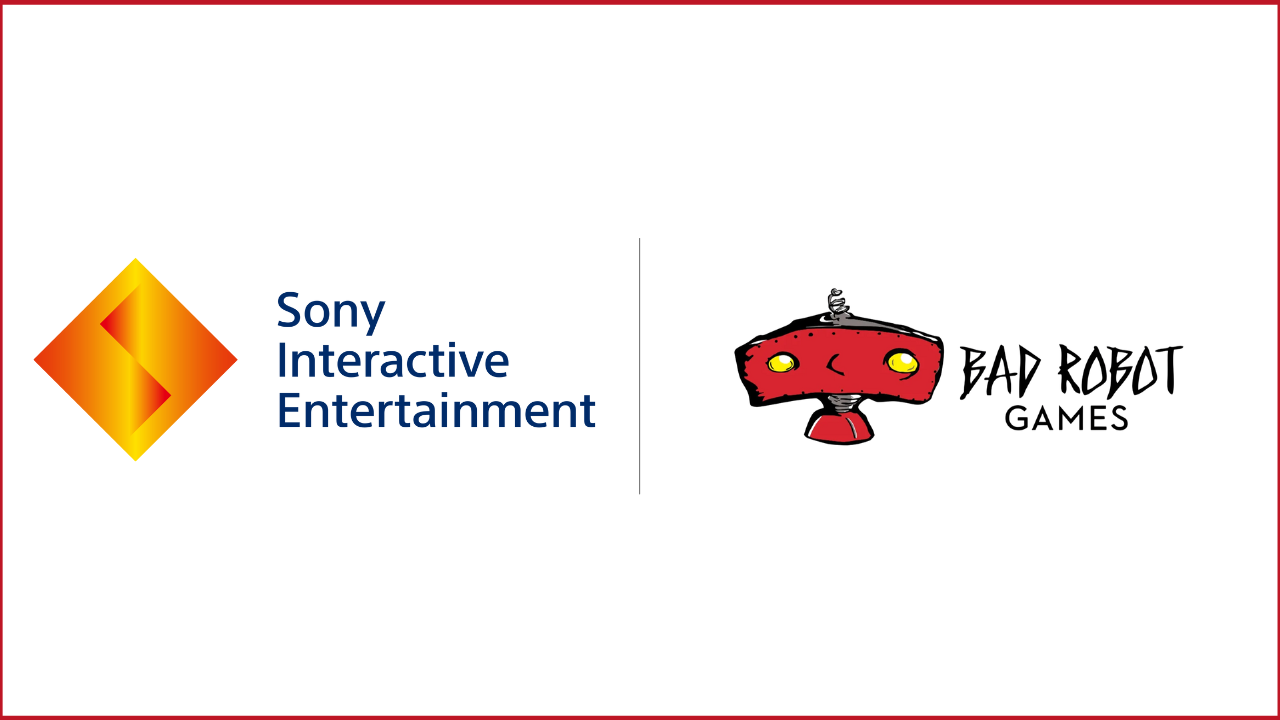In the realm of mobile gaming, in-game advertising has proven to be a profitable strategy for game developers. By selling ad space within their games, game developers can unlock a steady revenue stream that supports the continued development, creation, and updating of immersive gaming experiences.
For game developers, in-game advertising offers a host of benefits. Here are some of the key advantages:
- Monetization: Perhaps the most apparent benefit is the opportunity to monetize games beyond traditional user purchases or subscriptions. In-game advertising provides a steady and scalable source of income that can significantly contribute to a game’s profitability.
- Increased user retention: Ad formats like rewarded video ads, where players receive in-game rewards for watching ads, can enhance player engagement and prolong sessions, thereby improving user retention rates.
- Support for free-to-play models: In-game advertising allows developers to offer games for free while still generating revenue. Free-to-play models can attract more users and increase the potential audience for in-game ads.
- Greater financial stability: The revenue from in-game advertising can contribute to a more diverse and stable income, helping developers mitigate risks associated with fluctuations in game sales or in-app purchases.
- Promoting in-app purchases: In some cases, ads can be used to promote in-app purchases, effectively serving as a tool to showcase premium content and encouraging players to make a purchase.
As a complement to traditional revenue sources, in-game advertising can play a significant role in a game developer’s business model. Beyond the financial benefits, it also allows developers to offer free games, enrich the gaming experience, and reach larger audiences. But to harness these benefits effectively, understanding the various ad formats and how to deploy them is key.
This article will delve into seven of the most popular in-game advertising types employed in mobile games.
- Interstitial ads
Interstitial advertisements are full-screen ads that cover the interface of a mobile game. These ads typically display at natural transition points in the game, such as between levels or during loading screens. Given their size and placement, they command the player’s attention but can be closed after a few seconds, reducing the potential for annoyance.
2. Banner ads
Banner ads are among the most common forms of in-game advertising. They appear as a rectangular graphic display that stretches across the top or bottom of the mobile game screen. Although they don’t interrupt gameplay, their small size means they’re less likely to be noticed compared to more invasive ad formats.
3. Rewarded video ads
One of the most engaging and player-friendly ad types in mobile games is rewarded video ads. Players willingly watch a short video ad, usually 15 to 30 seconds long, in exchange for in-game rewards such as additional lives, coins, premium content, or exclusive items. This method effectively encourages players to engage with the ad, resulting in a win-win situation for both gamers and advertisers.
4. Playable ads
Playable ads are an interactive form of advertising that allows players to test a demo version of another game or app without leaving the current game. These are highly engaging, providing players with a hands-on experience of the advertised product. If players enjoy the demo, they can download the full game or app directly.
5. Native ads
Native ads seamlessly integrate into the game’s environment and storyline, making them less disruptive and more engaging than traditional ad formats. They can take the form of branded in-game items, characters, or locations that align with the game’s aesthetics and theme.
6. Advergaming
Advergaming takes in-game advertising to a new level by creating an entire game or game segment around a specific brand or product. These games are usually free to play and are distributed via app stores or the advertiser’s website. The primary goal of advergaming is not just to advertise but to create an engaging and enjoyable experience where the game itself serves as an interactive advertisement.
7. Contextual ads
Contextual ads add another dimension to in-game advertising by dynamically presenting ads that are relevant to the game’s context or the player’s behavior. This advertising technique involves displaying ads based on the content of the game, the player’s actions, or their historical activity. This strategy can significantly increase the effectiveness of ads by aligning them with the user’s immediate experience or interests. For example, in a racing game, a contextual ad might promote car maintenance products or new car models. In a fashion design game, the ads might feature clothing brands or online fashion stores.
The in-game advertising landscape for mobile games is incredibly dynamic and diverse, providing marketers with numerous ways to reach and engage players. As the mobile gaming industry continues to evolve, so too will the strategies and techniques for in-game advertising, fostering innovation and new opportunities for both marketers and game developers.





